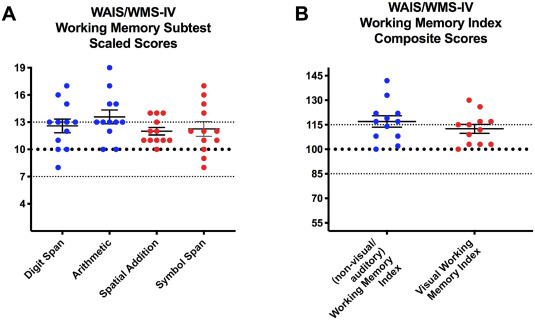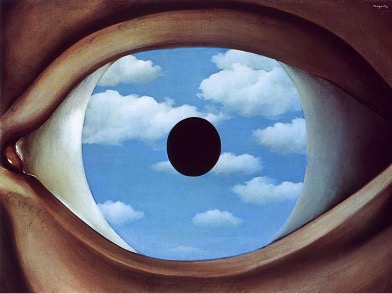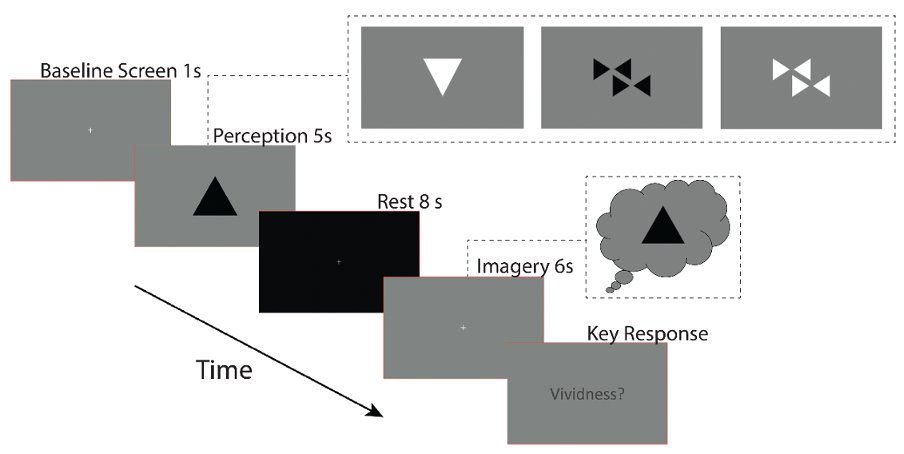
New work w talented @Becca_Keogh_PhD @marcusew8 shows that even without visual imagery those w #aphantasia can successfully perform lab-based & clinical visual working memory tasks. But they report different strategies & don't show the #VWM oblique effect
sciencedirect.com/science/articl…
sciencedirect.com/science/articl…
Despite equivalent performance data (top row), aphantasic mnemonic strategy was very different (bottom row) 

Clinical assessment of working memory also showed no significant difference for visual vs auditory working memory scales in aphantasic individuals. 

Interestingly those w aphantasia did not show the classic oblique effect in a retro-cure memory task. Their performance did not drop for oblique angles, while those with visual imagery did! Aphantasic individual’s actually outperformed age-matched controls in this retro-cue task! 

Take home message, if you don't have visual imagery, you find a different (non sensory) strategy to hold visual info in short-term memory & performance will look the same as someone who uses a completely difference strategy (imagery). If you have imagery you tend to use it!
PSA: if you study visual working memory #VWM, the neural correlates, modelling etc. you really can’t ignore the status of your participant's imagery & memory strategy
and if you have #aphantasia this suggests your working memory is just fine! even for visual objects!
• • •
Missing some Tweet in this thread? You can try to
force a refresh






